Every now and then we at Furious Cinema turn to one of our favorite classic genres, the western. We’ve previously posted a list of 50 Furious Westerns, and to build on that, we’re launching a series of in-depth looks at some classics of the genre. No rules. This is another guest post in the series by Simon Gelten (one of the most prolific writers onThe Spaghetti Western Database), make sure you also read his previous articles.
1968 – Director: Don Siegel – Cast: Clint Eastwood (Coogan), Lee J. Cobb (McElroy), Susan Clark (Julie Roth), Tisha Sterling (Linny), Don Stroud (prisoner), Tom Tully, Betty Field – Music: Lalo Schifrin
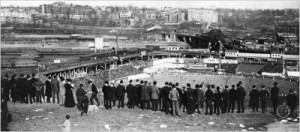
Coogan’s Bluff, the second film Clint Eastwood made in Hollywood after his return from Italy, opens with a significant sequence. When we first spot Clint he’s wearing a Stetson, we therefore seem on familiar territory. But Clint is also driving a jeep and wearing the outfit of a modern Arizona deputy sheriff. We’re in a western, still in a western, but we’re about to leave the genre’s – and its star’s – natural habitat. A couple of moments later, we see the same man, still wearing a Stetson, flying over the city of New York, where he is supposed to extradite a prisoner, a hippy who has committed a crime in Arizona.
Coogan’s Bluff was one of the several projects offered to Clint Eastwood after the completion of his comeback movie, Hang ‘m High. It appealed to Eastwood because it featured a ‘Western hero’ leaving his own territory to move into a modern, urban environment: this transition, so he reckoned, would allow him to do the same thing as an actor. Hang ‘m High had established him as a bankable star, but many had interpreted it as a pseudo Italian western with a typically overloaded, pseudo Italian score, picking up what Clint had left behind in Italy. Coogan’s Bluff is unmistakably American, reflecting a clash between sophisticated law enforcement and frontier-style self-righteousness, according to some one of America’s major internal conflicts (1).
The script is a pattern of contrasts, opposing the Old West to the Urban Wilderness of modern city life. Soon after his arrival in New York, Coogan is told that this are done differently on the East coast (We’re not at the O.K. Corral here), but of course he won’t listen. The prisoner escapes and Coogan roams the concrete jungle of New York, hat, boots and all, a cowboy in the big city, and tracks the man down personally, even though he’s told that his sheriff’s star is of no value in a town which has 28.000 policemen of its own. The image of Eastwood’s character is a bit ambiguous: Coogan’s clear-cut methods are compared favorably to modern day bureaucracy, but unfavorably to the tolerance of a Susan Clark’s social worker, Coogan’s love interest in the movie.

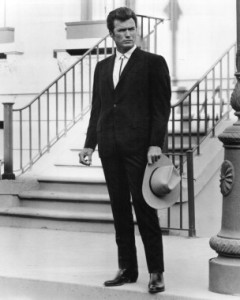
When a first draught of the story was offered to him, Eastwood immediately noticed the possibilities of it, but he also realized that the story needed a strong directional hand. It wasn’t easy to find the right director, but then Universal came up with Don Siegel. To many people in the business Siegel was known as a proficient low-budget director, who had received some favorable reviews by critics of the French magazine Cahiers du cinema, but the true value of his movies had not yet been acknowledged. Eastwood was impressed by some of Siegel’s work, especially the TV movie The Killers. Siegel, on the other hand, loved the Leone’s spaghetti westerns and Eastwood’s laconic acting style. Still things did not run smoothly initially. Both Siegel and Eastwood had strong ideas about the project and it took several rewriting of the script before both men were satisfied (2).
Eastwood needed Siegel, but Siegel also needed Eastwood. Coogan’s Bluff was the second of his so-called rogue cop movies, exploiting the ambivalent role of the police in society. The third, and most influential, would be Dirty Harry, the first had been Madigan, released earlier the same year (3). Compared to Coogan’s Bluff, Madigan probably has the better story, but it looks and feels like an old school movie. It took Clint’s laconic approach and dry humor to make the formula really click. And above all it needed his screen persona. There have been better actors in the history of film making, both in Italy and the US, but none of them had ever been able to create a similar effect by simply appearing on screen, by being there (4). Coogan’s Bluff is often funny, and even if the first half lacks excitement, it’s always enjoyable. Although there’s relatively little action, the film set new standard for screen violence with an extraordinary scene in a poolroom, with Coogan, using billiard balls and cue sticks as a weapon, taking on six opponents, apparently killing one of them (note the reaction of one of the police officers). It also seems to announce some of the controversies Siegel and Eastwood would create with their most notorious collaboration, Dirty Harry.
Coogan’s straightforward methods seem more effective than those of police captain McElroy (Lee J; Cop, in a fine performance), a veteran who plays things by the book, but both McElroy and social worker Julie are portrayed as sympathetic, caring people, not as the bureaucratic idiots they (or similar characters) would become in the Dirty Harry movies. There’s some understanding between Coogan and McElroy, and Coogan even adopts some of Julie’s humane traits: in the opening scene, set in Arizona, we see him hitting a prisoner in the stomach and tying him to a pole (like an animal, says his boss); in the final scene he offers a cigarette to his prisoner. Coogan is clean-cut and resolute, but he’s also vulnerable and honest, a man with his own share of shortcomings. He’s an opportunist who sleeps with a hippy girl he disdains as a person, but he leaves Julie’s apartment when she gives him only five minutes: his machismo is hurt by this concealed rejection.
However, the treatment of the New York hippy scene, which feels a little off-centre here, gives us a hint of which direction Siegel and Eastwood would take with the character in the future. There’s one scene in Coogan’s Bluff, set in a discotheque, with Coogan towering above the hippies around him, which shows him as vastly superior to his environment, a sort of a moral compass in a degenerated world (5). It would take only one more, albeit radical step to turn Coogan into the iconoclast dirty hero who would make some people’s day, and drive some others crazy.
Trivia:
- The title Coogan’s Bluff may refer to the main character’s name and the way he bluffs himself through the concrete jungle of a modern metropole, but Coogan’s bluff is also a lookout point in New York. Residents from Washington Heights and Harlem used to go to Coogan’s bluff to watch the games in the baseball stadium Polo Grounds without paying an entrance ticket. In a scene deleted from many copies, Julie talks about the lookout point to Coogan. Lookout point Coogan’s bluff: https://www.washington-heights.us/history/archives/coogans_bluff_and_the_polo_grounds_14.html
- During the discotheque scene, images of a giant spider are projected on one of the walls; these images are taken from a film called Tarantula, in which Eastwood had an uncredited cameo
- The film was produced by Universal, the company that had rejected Eastwood thirteen years earlier
- Coogan’s Bluff served as a source for the TV-series McCloud, in which Dennis Weaver would take over the Eastwood part of the sheriff operating in an urban environment
Notes:
(1) Variety, Movie Guide, edited by Derek Elley, New York, 2000
(2) Gerald Cole and Peter Williams, Clint Eastwood, London, 1983, p. 76-79
(3) Madigan, in: Time Out Film Guide, edited by Tom Milne, London 1998
(4) John Wayne and James Dean probably come closest, but they became screen icons for what they represented, respectively the All American Hero and the Angy Young Man
(5) Gerald Cole and Peter Williams, Clint Eastwood, London, 1983, p. 84
Buy BluRay: From Amazon.com | From Amazon.co.uk | From Amazon.ca | From Amazon.de


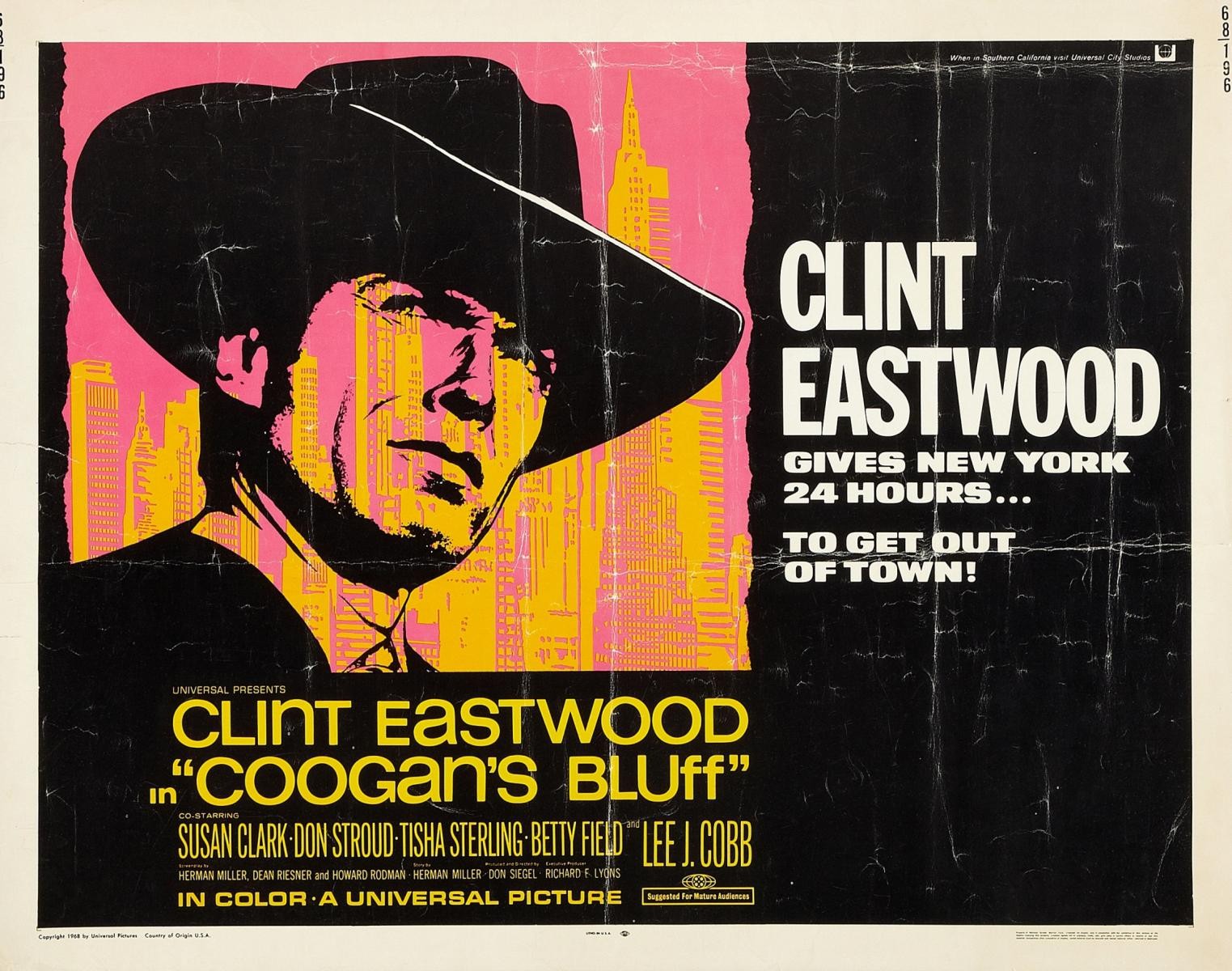

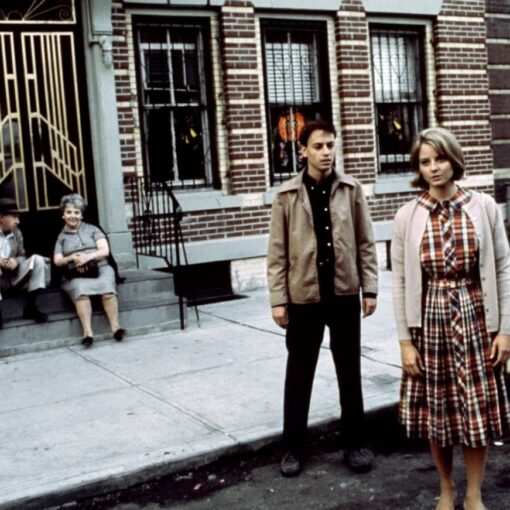
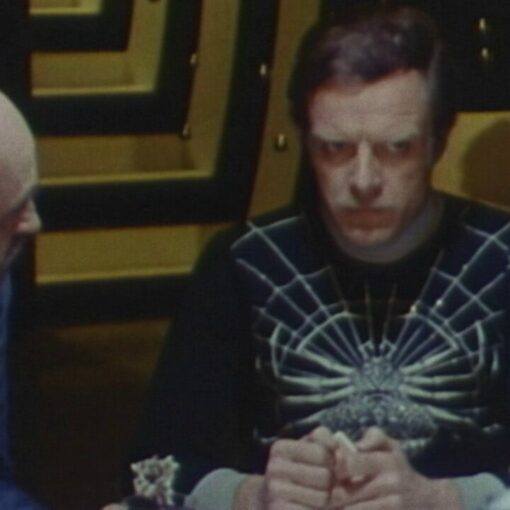
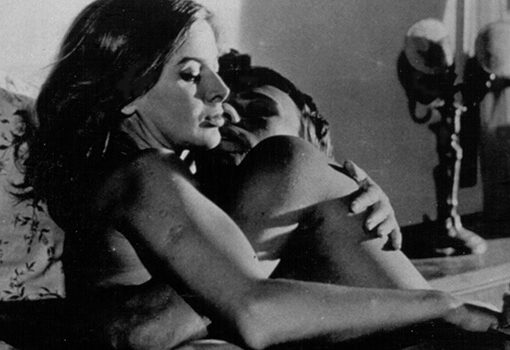
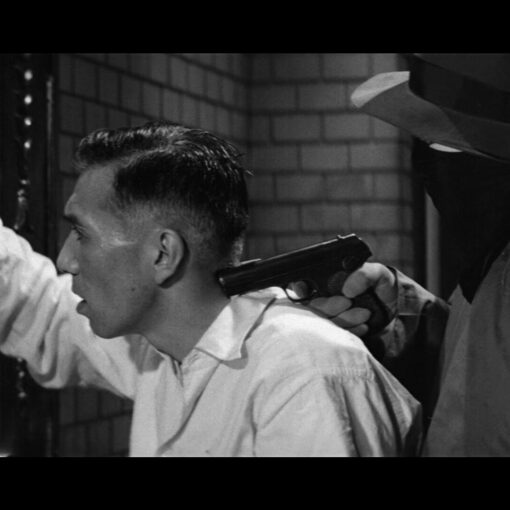
3 thoughts on “Coogan’s Bluff | 50 Furious Westerns”
Excellent review Si! I never really considered this a true western since its set in NYC, and is more of a 60s siegel pre- dirty harry crime film. But I see how it relates of course.
Awesome. Thanks for reminding me to watch this again. One of my favorite Eastwood films!
@ peter | I was working on High Plains Drifter when it became clear to me that this was pivotal movie in Clint’s career. HPD will of course be part of the 50.